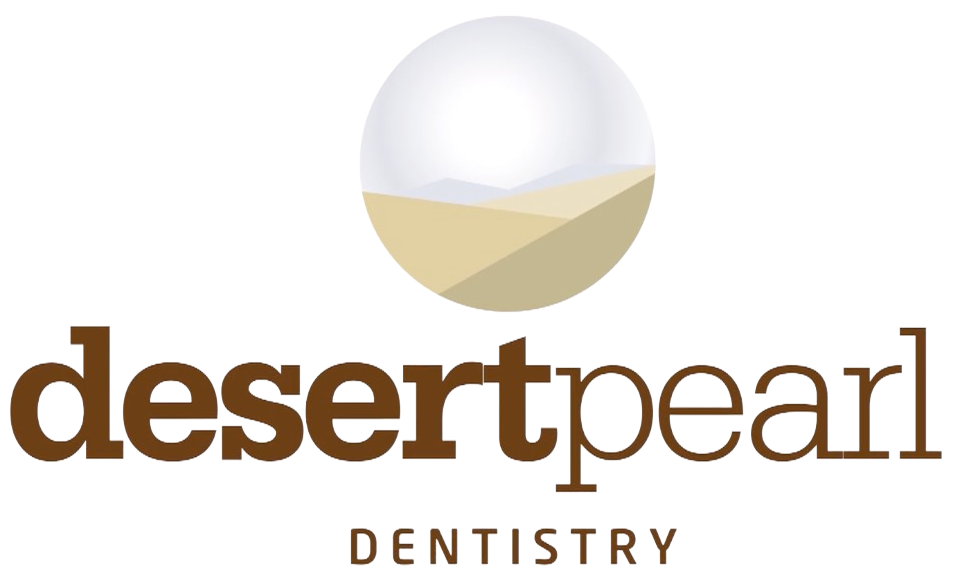Your health shows through your smile, and we understand that keeping your mouth healthy is a life-long challenge. When dental diseases and disorders occur, the natural form of our mouths becomes heavily compromised, and while dentists continue to provide treatment for these ailments, addressing the foundation of the problem takes more than just a cosmetic approach. Lately, a newer form of dentistry has been taking place, and that’s bio-aesthetic dentistry. Let’s see what bio-aesthetic dentistry is all about, what it means for you, and what some of the latest procedures are being used to correct dental problems.
Defining Bio-Aesthetic Dentistry and What It Means
Bio-Aesthetic dentistry works to combines the expertise of dentistry with a specialized focus on biology, specifically the human anatomy and how it works. This form of dentistry attempts to address the root cause of dental problems by heavily focusing on the diagnostics process to be able to determine treatment. For example, for someone with poor jaw alignment, it typically causes issues such as jaw clicking, neck aches, headaches, and teeth grinding. Addressing the poor jaw alignment rather than the symptoms is what bio-aesthetic dentistry is meant to do.
In regards to aesthetics, bio-aesthetic dentistry also focuses on the form and function of living things, applying a theoretical study of our bodies to create natural beauty. This focus on our biology and natural beauty help guide treatments that focus on posture, expressions, and the aging process to help resolve complex dental issues. In many normal settings, dentists specializing in this field tend to use non-restorative and restorative procedures such as:
- Direct Bonding Techniques
- Aesthetic Chemical Treatments (Bleaching, Micro-abrasion, etc.)
- Tooth Veneers (Both Thin and Normal Types)
- Inlays/Onlays Restorations
- Crowns and Bridges Restorations
Our Current Methods in Bio-Aesthetic Dentistry
Bio-Aesthetic dentistry works to understand better the relationship between our bodies and their natural beauty, and while it heavily focuses on the diagnosis process, expansive treatment plans are often applied to help improve the optimum dental system health goal for the patient’s teeth, gums, and jaw structure. Most forms of dentistry focus on a disease-based treatment model, but through innovations in bio-aesthetics, this form of dentistry attempts to teach people about the natural function of their teeth and work towards healthier alignments.
In the latest updates within this world of dentistry, treatment models have begun to include more advanced treatments to give patients a more advanced way to gain preventative care. These methods include:
- Subtractive Coronoplasty: Subtractive coronoplasty works to remove lingual enamel deformities and reduce tension between the force and resistance centers within the mouth.
- TMJ Alignment: Realigning the jawline through surgical and nonsurgical methods can instantly improve the muscular structure surrounding the mouth.
- Orthognathic Surgery: Orthognathic surgery involves surgically moving the upper or lower jawbones to create a more harmonious bite and improve aesthetic appearance.
- Full Mouth Rejuvenation: Many dentists offer full mouth rejuvenations, which include different surgical and non-surgical techniques that can be applied to create a healthier jaw structure and facial appearance.
If you are curious about bio-aesthetic dental treatment, visit your primary dentist to find recommendations in your area to visit a certified bio-aesthetic dentist to help care for your oral health.



